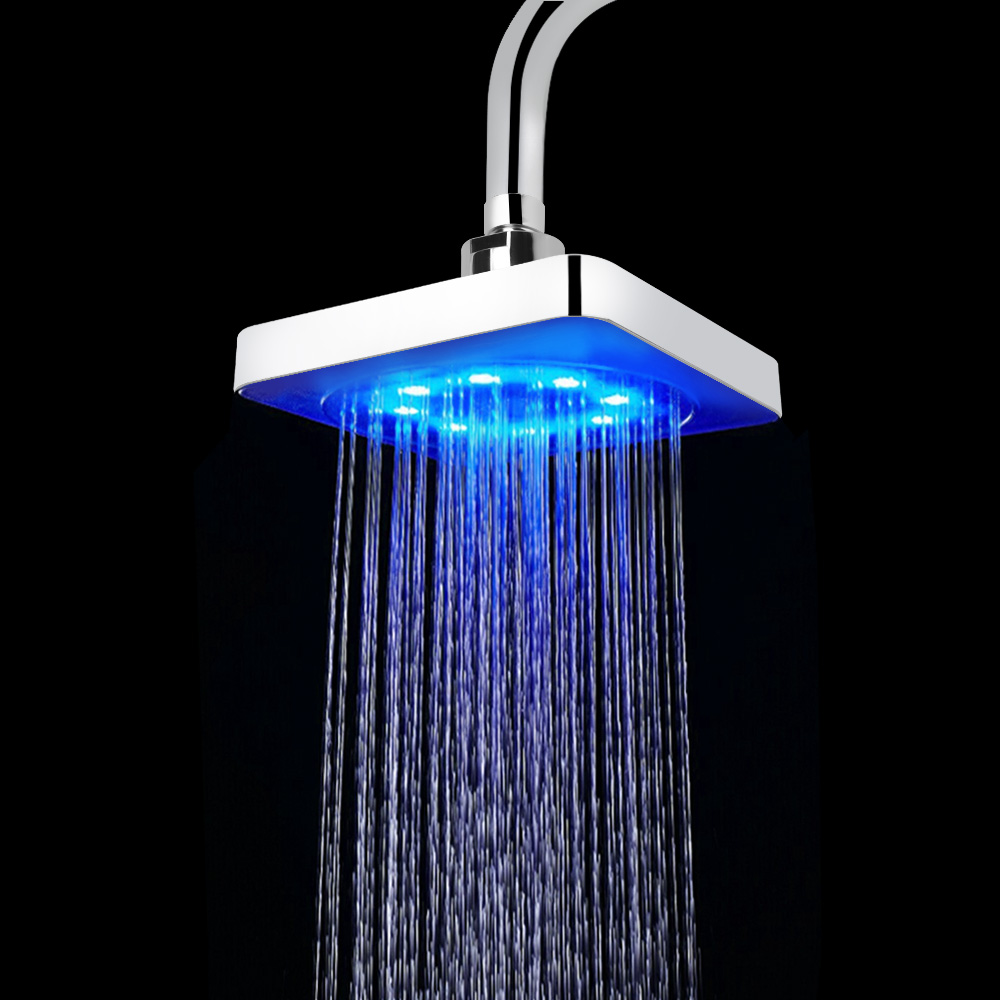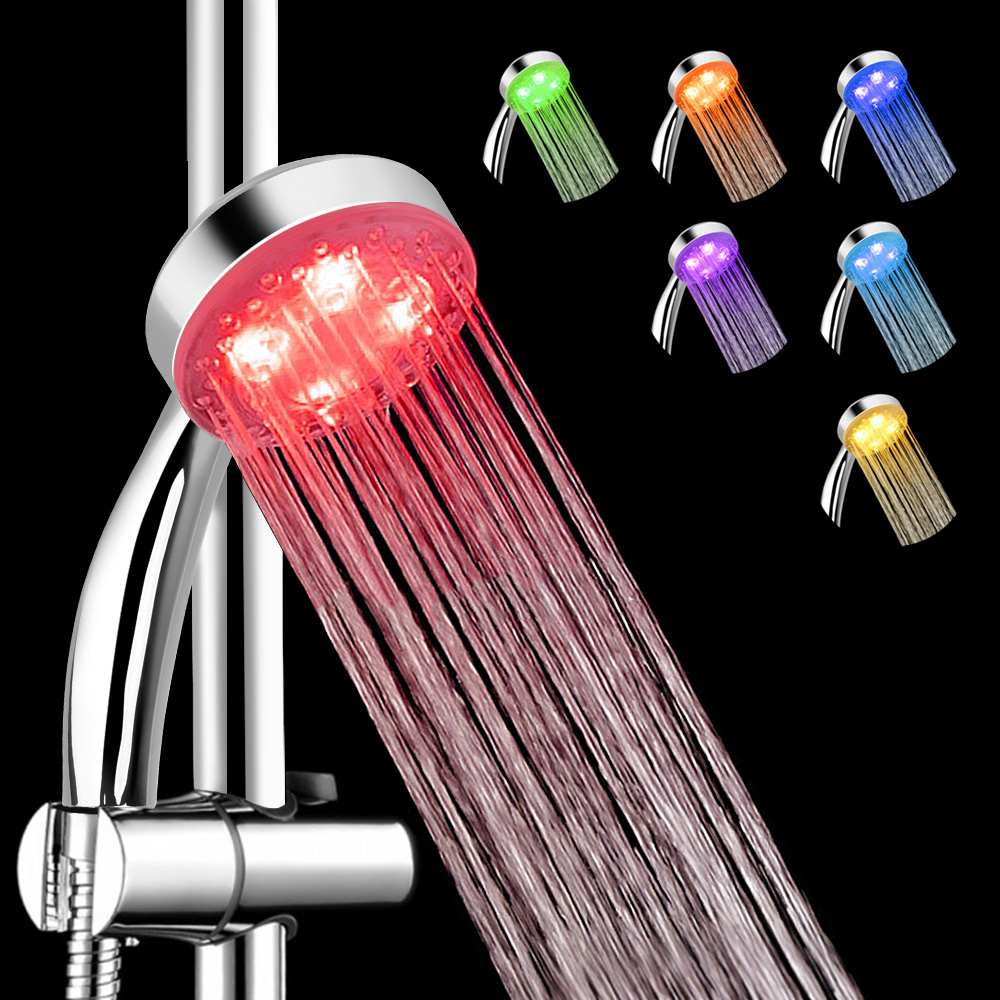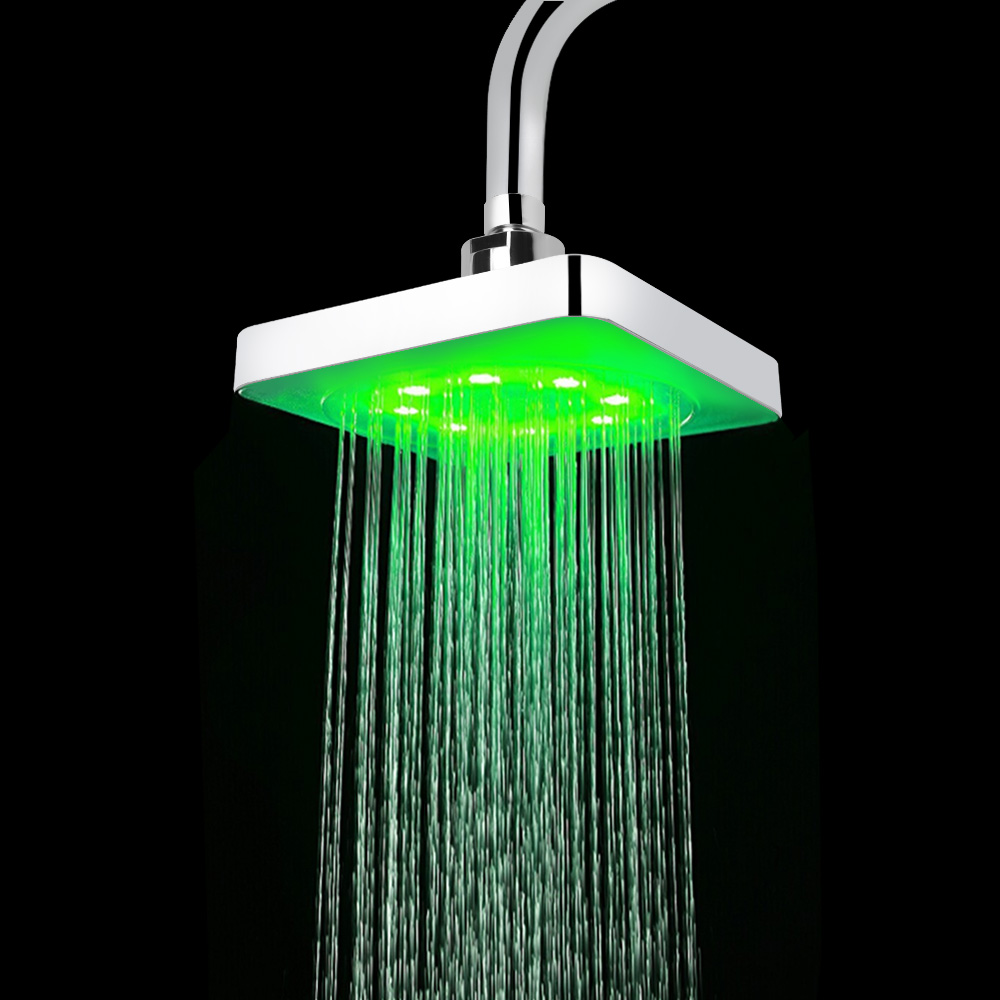Identifying the Source of the Leak
Before fixing a leaking shower head, we need to find where the leak is coming from. Identifying the source is vital. A mistimed repair without finding the real issue is a waste of time and resources. But how to fix leaking shower head? Let’s look at the signs and possible causes.

Signs and Symptoms of a Leaky Shower Head
A dripping shower head gives off clear signs that shouldn’t be hard to spot. Here are a few clues:
- Constant dripping noise after you turn the shower off.
- Water pools on the floor even when not in use.
- Visible water leaking from the connection points.
- Mold or mildew forming in your shower area due to excess moisture.
Be alert for these symptoms. They suggest your shower head might have a leak.
Common Causes of Shower Head Leaks
Several issues could lead to a leaky shower head. Let’s explore the most common ones:
- Worn-Out Washers: Over time, washers can break down, leading to leaks.
- Damaged O-Rings: A shower head relies on O-rings to seal connections; a damaged O-ring means leaks.
- Loose Connections: If parts aren’t screwed in tight, water can escape.
- High Water Pressure: Too much pressure can cause wear and tear that leads to leaks.
- Build-Up of Minerals: Hard water can leave deposits that disrupt the water flow and cause drips.
Addressing these underlying causes is key to a successful repair. Keep them in mind when you start the repair process.
Tools and Materials Needed for Repairs
Before tackling the repair of a leaking shower head, you must have the right tools and materials on hand. This section will outline what you’ll need to effectively and efficiently fix a leaky shower head.
Key Tools for Shower Head Repair
Several essential tools are necessary when you endeavor to fix a dripping shower head:
- Adjustable Wrench: This tool helps you loosen and tighten the shower head and other connections.
- Pliers: Helpful for gripping small components that may be too tough to handle by hand.
- Screwdriver Set: Various screws may need tightening or loosening during the repair.
- Teflon Tape: This tape creates water-tight seals at threaded joints, preventing further leaking.
- Bucket: Useful for catching any water that may spill when you dismantle the shower head.
Each tool plays a crucial role in ensuring the repair process goes smoothly and effectively.
Replacement Parts: Washers, O-Rings, and Valves
You should also have some key replacement parts on hand before you start disassembling your shower head:
- Washers and O-Rings: These are typically the culprits behind leaks as they wear out over time.
- Valves: Depending on the diagnosis, you might need to replace a faulty valve which is causing the drip.
- Shower Head or Nozzles: If damage is extensive, replacing the entire shower head may be necessary.
Having these parts readily available will make your repair job quicker and prevent multiple trips to the hardware store. Keeping spare parts in your DIY kit can come in handy for future maintenance as well. Armed with the right tools and materials, you are now set to begin the repair, ensuring you can tackle the task effectively while avoiding unnecessary delays.

Step-by-Step Repair Guide
Shutting Off the Water Supply
Before starting any repair, turn off the water supply. You can do this by locating and closing the main water valve. This step prevents water flow and potential mess during repairs.
Removing and Inspecting the Shower Head
Using an adjustable wrench, carefully unscrew the shower head from the shower arm. Inspect it for visible signs of damage or wear, such as cracks or broken components.
Disassembling and Cleaning the Components
After removing the shower head, disassemble it to inspect each part. Look for worn-out washers and O-rings. Clean all parts with a solution of vinegar and water to remove mineral buildup.
Replacing Washers and O-Rings
Identify any damaged washers or O-rings and replace them with new ones. These parts are usually the cause of leaks and are inexpensive to replace.
Reattaching the Shower Head and Testing for Leaks
Reassemble the shower head, applying Teflon tape to the threads to ensure a watertight seal. Reattach the shower head to the arm and turn on the water supply. Check for leaks and ensure everything is tight and secure.
When to Call a Professional
Sometimes a DIY approach isn’t enough for some repairs. In certain situations, it’s advisable to call a professional plumber. This usually involves complex jobs that need specialized skills or tools. If your leak persists after trying the steps above, it might be time to seek professional help. Understanding when to step back is important for your safety and to avoid further damage.
Understanding the Limits of DIY Repairs
DIY repairs suit simple issues that require basic tools and knowledge. However, intricate plumbing involves risks that can cause more harm than good. This can include worsening the leak, causing water damage, or even harming yourself. When you are unsure about a repair, reach out to a plumber. They have the right training to tackle complex issues safely.
Benefits of Professional Plumbing Services
Hiring professional plumbers has its perks. First, they can diagnose problems quickly and accurately. Plus, they have the advanced tools to fix leaks effectively. Professionals can also offer warranties on their work, giving you peace of mind. They help avoid repeated issues, ensuring that the fix is long-lasting. Remember, while DIY can save money upfront, professional repairs can save more in the long run.
Preventative Measures for Shower Head Maintenance
Preventative maintenance can save time and money by preventing issues before they start. Establish a routine to keep your shower in top condition. Here are some preventive tips to help you maintain a leak-free shower head.

Regular Cleaning and Maintenance Tips
- Inspect Regularly: Check your shower head and connections every few months for signs of wear or damage.
- Clean Often: Use white vinegar and water to clean the shower head. This mix helps remove mineral deposits.
- Tighten Connections: Ensure all parts are firmly attached. Use a wrench if necessary but do so gently to avoid damage.
- Replace Washers and O-Rings: These parts wear out over time. Replace them annually to prevent leaks.
- Test Water Pressure: If pressure is too high, it can cause leaks. Use a pressure gauge and consult with a plumber if needed.
Following these simple steps can keep your shower head functioning well and leak-free.
Avoiding Common Problems That Lead to Leaks
- Use Filtered Water: Hard water often leads to mineral build-up. Consider installing a water softener or filter.
- Don’t Over-tighten: When fixing connections, tighten them enough to seal, not so much that threads strip or parts crack.
- Monitor for Drips: Catching a small drip early can prevent a full-blown leak. Fix drips immediately.
- Seek Professional Checks: Have a plumber inspect your plumbing annually. They can spot issues you might miss.
Taking these steps can greatly reduce the chance of your shower head developing leaks.
Troubleshooting Persistent Shower Head Problems
When your shower head keeps leaking after a repair, it may be due to stubborn issues. Let’s explore how to tackle two common problems: mineral build-up and high water pressure.
Dealing with Mineral Build-Up
Mineral deposits from hard water can clog your shower head and cause leaks. To solve this:
- Soak the Shower Head: Remove it and soak in white vinegar for a few hours. This dissolves mineral deposits.
- Clean Nozzles: Use a small brush or pin to clear out clogged nozzles.
- Check Inside the Shower Head: Look for mineral build-up inside and clean it.
- Install a Water Softener: Long-term, a softener reduces mineral build-up.
These steps can effectively remove blockages and prevent future leaks.
Addressing High Water Pressure Issues
Too much water pressure can damage your shower head and plumbing. To manage it:
- Test Your Water Pressure: Use a gauge to check the pressure level.
- Consult a Professional: If pressure is too high, a plumber can install a pressure regulator.
- Fix Leaks Quickly: Small leaks can worsen pressure problems.
- Regular Check-ups: Have your plumbing inspected to ensure pressure is under control.
Regulating the water pressure can protect against leaks and extend the life of your plumbing.
FAQs on Shower Head Repairs
How Long Do Shower Head Repairs Take?
Repair time for a leaking shower head can vary based on several factors. Simple fixes, such as replacing a washer or tightening connections, might take less than an hour. More complex issues involving part replacements or addressing internal damages could extend the repair time. Generally, if you’re experienced and have all the tools and parts ready, most repairs can be completed within an hour.
However, if the problem is intricate or if you are unfamiliar with plumbing, it might take longer. When in doubt, or if the repair is extensive, contacting a professional plumber is advisable. They can efficiently handle the repair, often quicker than a DIY attempt might allow.
Can a Dripping Shower Head Cause Water Damage?
Yes, a dripping shower head can lead to significant water damage if not addressed promptly. Continuous dripping can cause moisture accumulation, which might seep into flooring, walls, or ceilings. This excess moisture can weaken structural materials and promote the growth of mould and mildew. Over time, this can damage paint, wallpaper, and even cause rot in wooden elements.
Aside from structural damage, persistent leaks can also increase your water bill significantly. Fixing a dripping shower head as soon as it’s detected is crucial to prevent these issues and maintain the integrity of your home.



